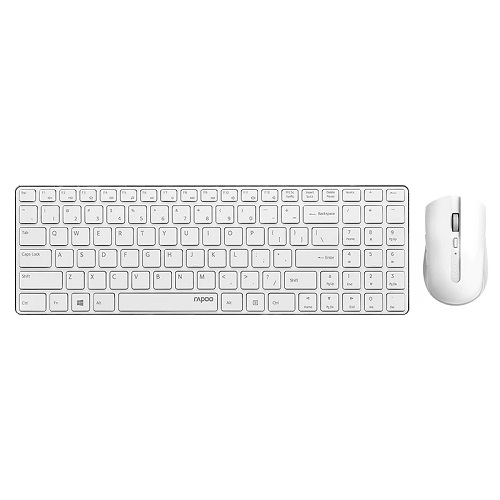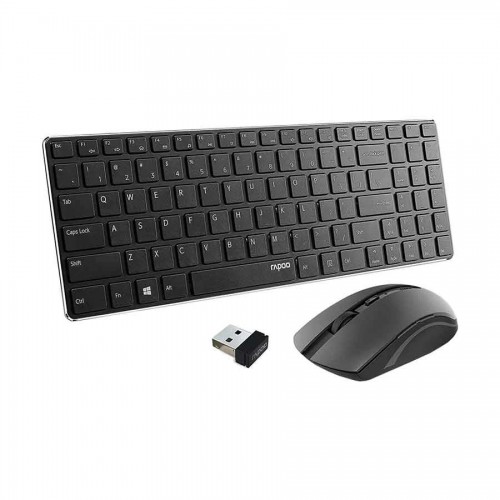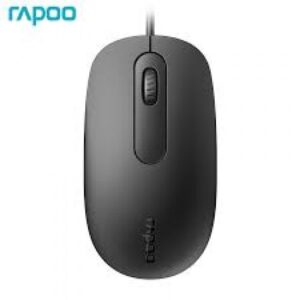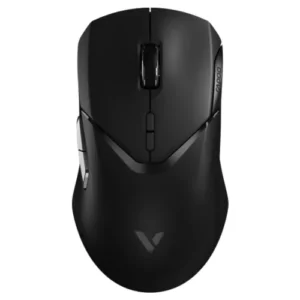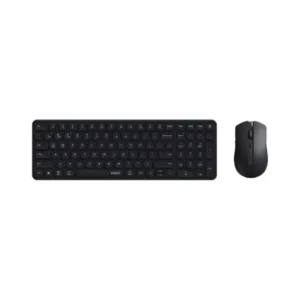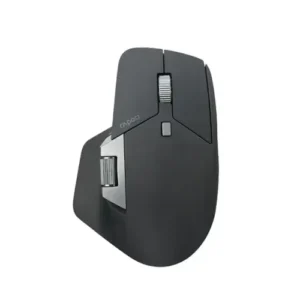Keyboard Specifications: Color, Weight, and More
When selecting a keyboard, consumers often consider various specifications, including color options and weight. Aesthetics play a crucial role in the decision-making process, as many individuals prefer the visual appeal that specific colors can bring to their workspace. Keyboards are typically available in an array of colors, with white and black being two of the most popular choices. The classic black keyboard often conveys a sense of professionalism and can seamlessly blend into any office environment. On the other hand, white keyboards are becoming increasingly popular for their modern and sleek appearance, making them an attractive addition to home offices or creative spaces.
The weight of a keyboard is another significant specification that impacts user experience. A standard keyboard weighs around 300 grams, a factor that can significantly affect portability. Lighter keyboards are typically preferred by those who frequently travel or work in multiple locations, as they can be easily carried without causing excess strain. Conversely, a heavier keyboard may provide a more stable typing experience, which can be advantageous during extended use. However, this stability can also become a drawback for users seeking convenience and mobility.
Ultimately, the choice of color and weight in keyboard specifications greatly depends on individual preferences and intended use. A user who prioritizes portability might lean towards a lightweight model, regardless of color, while someone focused on aesthetics or a professional setting may prefer the classic appeal of a black keyboard. In this way, understanding these specifications is essential for making informed decisions that align with one’s specific needs, ensuring that the keyboard chosen is not only functional but also visually appealing and ergonomically suitable.
Mouse Specifications: Resolution, Colors, and Warranty
When discussing computer mice, one crucial specification that often comes into play is the resolution measured in DPI, or dots per inch. DPI refers to the sensitivity of the mouse; a standard setting commonly seen is 1000 DPI. This level of sensitivity allows users to achieve a balanced experience in various applications, whether it be everyday tasks like web browsing or demanding activities such as gaming and design work. A higher DPI setting can enhance precision and responsiveness, making it easier to execute small and intricate movements. Conversely, lower DPI can provide better control for broader motions, enabling users to customize their experience as per their specific needs.
In addition to DPI, potential buyers of a computer mouse will also consider the aesthetic aspects of their device. Color options play a significant role in the decision-making process, and many mice are available in classic shades such as white and black. These colors not only match well with various keyboard designs but can also reflect the user’s personal style. A thoughtfully curated color palette can enhance the overall appeal of a workstation, contributing to an organized and visually pleasing environment.
Finally, the warranty offered on a mouse can significantly impact its perceived value. Typically, both keyboards and mice come with a warranty period of around two years. This warranty period not only reflects the manufacturer’s confidence in the product’s durability and reliability but also provides peace of mind for consumers. This assurance can make a substantial difference in purchasing decisions, as buyers are likely to lean towards products that promise dependable customer service and a robust warranty cover. In an industry where quality defines user experience, understanding these specifications is essential for making informed choices.
